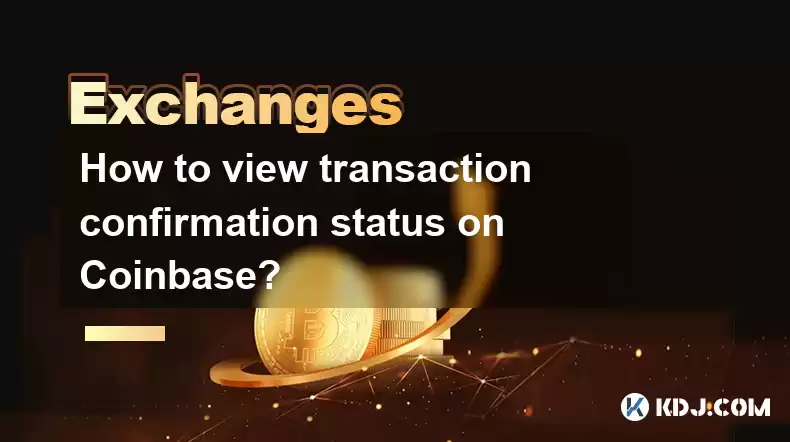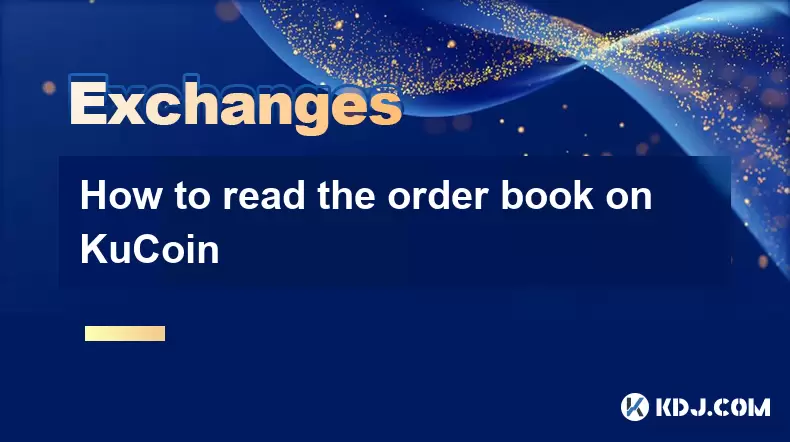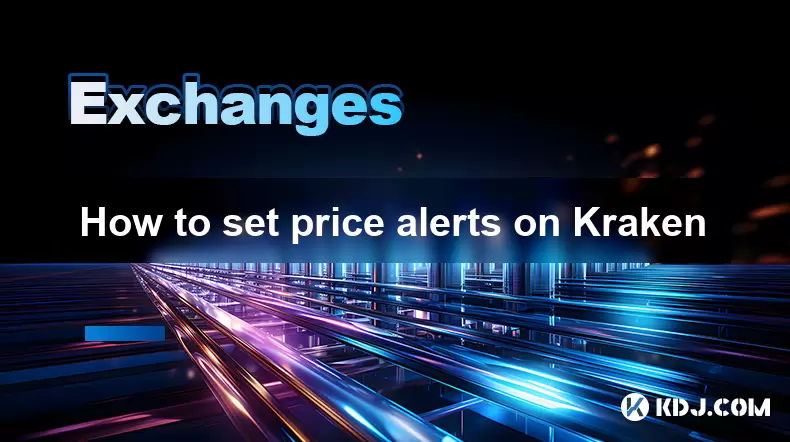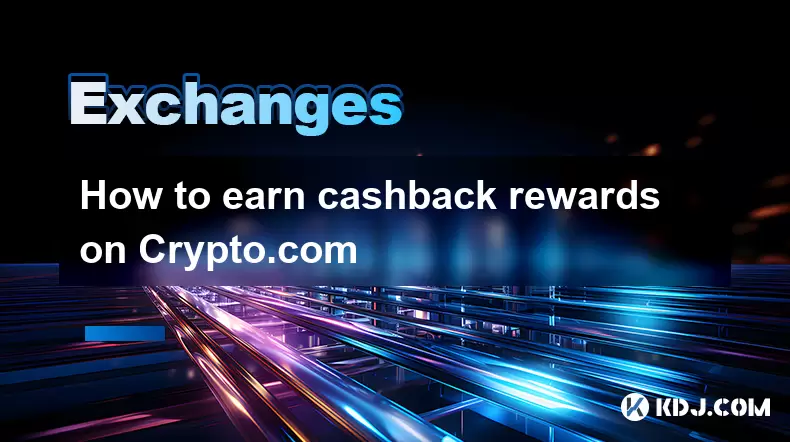-
 Bitcoin
Bitcoin $117800
0.49% -
 Ethereum
Ethereum $4432
0.55% -
 XRP
XRP $3.106
1.07% -
 Tether USDt
Tether USDt $1.001
0.01% -
 BNB
BNB $835.8
1.74% -
 Solana
Solana $189.1
2.72% -
 USDC
USDC $0.9999
-0.01% -
 Dogecoin
Dogecoin $0.2302
3.65% -
 TRON
TRON $0.3485
-0.69% -
 Cardano
Cardano $0.9212
-0.91% -
 Hyperliquid
Hyperliquid $46.97
1.45% -
 Chainlink
Chainlink $22.77
5.61% -
 Stellar
Stellar $0.4284
0.82% -
 Sui
Sui $3.766
2.82% -
 Bitcoin Cash
Bitcoin Cash $583.5
-0.82% -
 Ethena USDe
Ethena USDe $1.001
0.03% -
 Hedera
Hedera $0.2512
2.78% -
 Avalanche
Avalanche $24.18
2.27% -
 Litecoin
Litecoin $120.2
2.10% -
 Toncoin
Toncoin $3.450
1.96% -
 UNUS SED LEO
UNUS SED LEO $9.412
-0.92% -
 Shiba Inu
Shiba Inu $0.00001298
2.35% -
 Uniswap
Uniswap $10.99
3.75% -
 Polkadot
Polkadot $3.962
3.09% -
 Dai
Dai $1.000
0.00% -
 Bitget Token
Bitget Token $4.643
1.38% -
 Cronos
Cronos $0.1511
-0.08% -
 Ethena
Ethena $0.7246
3.18% -
 Monero
Monero $254.9
7.90% -
 Pepe
Pepe $0.00001100
3.32%
How to view transaction confirmation status on Coinbase?
Coinbase offers multiple ways to track transaction status, using transaction IDs to monitor progress on the platform and blockchain explorers. Confirmation times vary due to network congestion; contact support for significant delays.
Mar 15, 2025 at 12:31 am

Key Points:
- Coinbase provides multiple ways to check transaction confirmation status.
- Transaction confirmation times vary depending on network congestion and the chosen network.
- Understanding transaction IDs and their role in tracking is crucial.
- Coinbase's interface offers clear indicators of transaction progress.
- Troubleshooting slow confirmations often involves checking network status and contacting support.
How to View Transaction Confirmation Status on Coinbase
Confirming cryptocurrency transactions on Coinbase involves understanding the platform's interface and the nature of blockchain technology. The process isn't instantaneous; it relies on network validation, which takes time. The speed of confirmation depends on the specific cryptocurrency and the network's current activity.
There are several ways to check the status of your Coinbase transaction. The most straightforward method is through your Coinbase account's transaction history. After initiating a transfer, navigate to your "Transactions" or "Activity" section. This section will list all your recent transactions, showing their status (e.g., pending, completed, failed). Each transaction will also have a unique transaction ID.
This transaction ID is crucial for tracking your transaction's progress. It acts as a unique identifier within the blockchain network. You can often use this ID to independently verify the transaction status on blockchain explorers. These explorers provide a detailed record of all transactions on a particular blockchain. For example, you can use a Bitcoin blockchain explorer to check a Bitcoin transaction's progress using its ID.
Coinbase usually provides a clear indication of the transaction status directly within the transaction details page. You'll typically see statuses like "Pending," "Processing," "Confirmed," or "Failed." A "Pending" status means the transaction is awaiting confirmation from the network. "Processing" signifies that the transaction is being processed by the Coinbase system. "Confirmed" indicates the transaction is complete and irreversible on the blockchain. A "Failed" status means the transaction was unsuccessful, possibly due to insufficient funds or network issues.
Understanding the difference between Coinbase's internal processing and blockchain confirmation is essential. Coinbase confirms transactions internally fairly quickly. However, this internal confirmation isn't the same as blockchain confirmation. Blockchain confirmation is the process of the transaction being verified and added to the blockchain's permanent record. This verification process can take some time, especially during periods of high network congestion.
If your transaction is taking longer than expected, several factors could be at play. Network congestion on the specific cryptocurrency's blockchain is a common cause. High transaction volume can lead to delays in confirmation times. The type of cryptocurrency also matters; some cryptocurrencies have faster transaction confirmation times than others. For example, Bitcoin confirmations often take longer than Litecoin confirmations.
Another potential reason for delays is an issue with the transaction itself. Double-checking the recipient's address for accuracy is crucial. Any errors in the recipient address can lead to the transaction failing or being delayed indefinitely. Similarly, insufficient funds in your Coinbase account will prevent successful transactions.
If you encounter problems or significant delays, contacting Coinbase's customer support is recommended. They can help investigate the issue and provide updates on the status of your transaction. They might be able to provide more detailed information about any potential problems that may have caused the delay. Always keep your transaction ID handy when contacting support; it greatly aids their investigation process.
You can usually find your transaction ID on the transaction details page within your Coinbase account. This page is typically accessible from the transaction history section. The transaction ID is a long alphanumeric string unique to each transaction. It is essential for tracking your transaction's progress, both on Coinbase and on blockchain explorers.
Remember that transaction fees can also influence confirmation times. Higher transaction fees often incentivize miners or validators to prioritize your transaction, resulting in faster confirmations. This is particularly relevant for cryptocurrencies that utilize a proof-of-work consensus mechanism, such as Bitcoin.
For some transactions, especially larger ones, Coinbase may provide additional confirmation methods or require further verification steps. This is a security measure to ensure the legitimacy of the transaction and protect against fraud. These additional steps are usually clearly indicated within the transaction process.
Troubleshooting slow confirmations often involves checking the network status of the cryptocurrency involved. Many blockchain explorers provide real-time information on network congestion and transaction processing times. This information can help you determine if the delay is due to network issues or a problem with your specific transaction.
Frequently Asked Questions:
Q: My Coinbase transaction is still pending. How long should I wait?
A: Pending times vary greatly depending on the cryptocurrency and network congestion. While some transactions confirm within minutes, others may take hours or even longer. Check the network status and contact Coinbase support if it exceeds the typical timeframe for that cryptocurrency.
Q: What does a "failed" transaction status mean on Coinbase?
A: A "failed" status indicates the transaction was unsuccessful. This could be due to insufficient funds, an incorrect recipient address, or a network issue. Check your details and contact Coinbase support for assistance.
Q: How do I find my transaction ID on Coinbase?
A: Your transaction ID is usually found on the transaction details page within your Coinbase transaction history. It's a long alphanumeric string unique to your transaction.
Q: Can I track my Coinbase transaction outside of Coinbase?
A: Yes, you can use blockchain explorers using your transaction ID to verify the transaction's status independently. The specific explorer depends on the cryptocurrency involved.
Q: What should I do if my Coinbase transaction is significantly delayed?
A: First, check the network status of the cryptocurrency. If the network is congested, you'll likely have to wait. If the delay is unusual, contact Coinbase support for assistance, providing your transaction ID.
Disclaimer:info@kdj.com
The information provided is not trading advice. kdj.com does not assume any responsibility for any investments made based on the information provided in this article. Cryptocurrencies are highly volatile and it is highly recommended that you invest with caution after thorough research!
If you believe that the content used on this website infringes your copyright, please contact us immediately (info@kdj.com) and we will delete it promptly.
- Kazakhstan's Crypto Leap: Bitcoin ETF and Central Asia's Digital Finance Future
- 2025-08-13 12:45:19
- BlockDAG Presale Blazes Past $371M: Fundraising Frenzy Fuels Crypto Sensation
- 2025-08-13 13:05:21
- Meme Coins: Chasing the 2025 Surge – Which Will Moonshot?
- 2025-08-13 10:25:23
- Bitcoin's Wild Ride: Rally, Pullback, and What's Next
- 2025-08-13 10:25:23
- Bitcoin, Bitmax, and Institutional Demand: A New Era of Crypto Investment
- 2025-08-13 10:45:12
- Solana, ROAM, and Airdrops: What's the Buzz in 2025?
- 2025-08-13 11:35:13
Related knowledge

How to use margin trading on Poloniex
Aug 08,2025 at 09:50am
Understanding Margin Trading on Poloniex

How to read the order book on KuCoin
Aug 10,2025 at 03:21pm
Understanding the Order Book Interface on KuCoinWhen accessing the order book on KuCoin, users are presented with a real-time display of buy and sell ...

How to read the order book on KuCoin
Aug 12,2025 at 02:28am
Understanding the Basics of Staking in CryptocurrencyStaking is a fundamental concept in the world of blockchain and cryptocurrencies, particularly wi...

How to set price alerts on Kraken
Aug 11,2025 at 08:49pm
Understanding Price Alerts on KrakenPrice alerts on Kraken are tools that allow traders to monitor specific cryptocurrency pairs for price movements. ...

How to avoid high gas fees on Uniswap
Aug 13,2025 at 11:35am
Understanding Gas Fees on UniswapGas fees on Uniswap are payments made to Ethereum miners or validators for processing transactions on the blockchain....

How to earn cashback rewards on Crypto.com
Aug 12,2025 at 02:08am
Understanding Cashback Rewards on Crypto.comCashback rewards on Crypto.com are a feature designed to incentivize users to spend using their Crypto.com...

How to use margin trading on Poloniex
Aug 08,2025 at 09:50am
Understanding Margin Trading on Poloniex

How to read the order book on KuCoin
Aug 10,2025 at 03:21pm
Understanding the Order Book Interface on KuCoinWhen accessing the order book on KuCoin, users are presented with a real-time display of buy and sell ...

How to read the order book on KuCoin
Aug 12,2025 at 02:28am
Understanding the Basics of Staking in CryptocurrencyStaking is a fundamental concept in the world of blockchain and cryptocurrencies, particularly wi...

How to set price alerts on Kraken
Aug 11,2025 at 08:49pm
Understanding Price Alerts on KrakenPrice alerts on Kraken are tools that allow traders to monitor specific cryptocurrency pairs for price movements. ...

How to avoid high gas fees on Uniswap
Aug 13,2025 at 11:35am
Understanding Gas Fees on UniswapGas fees on Uniswap are payments made to Ethereum miners or validators for processing transactions on the blockchain....

How to earn cashback rewards on Crypto.com
Aug 12,2025 at 02:08am
Understanding Cashback Rewards on Crypto.comCashback rewards on Crypto.com are a feature designed to incentivize users to spend using their Crypto.com...
See all articles

























































































